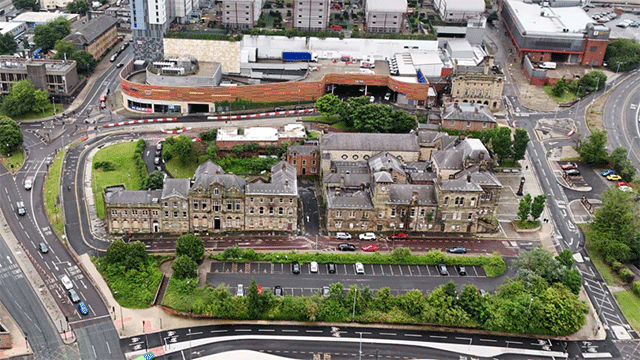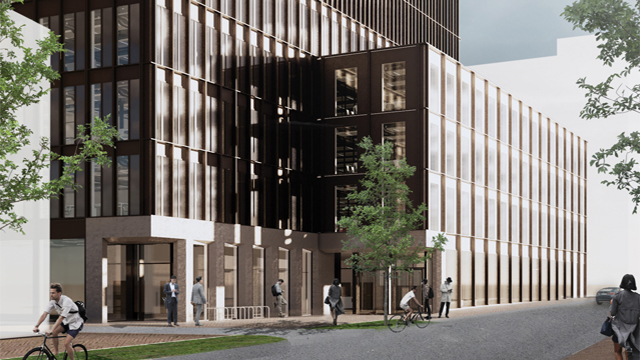I make no apology for returning to the vexed issue of payment for planning gain, a subject that has probably occupied more of my time over the past 11 years than any other.
Last week, however, Eric Pickles’s department issued proposals for rendering broadly acceptable that three-letter acronym that represents the frustrations of the development community, namely CIL.
Getting developers to compensate for the impact of building on the community isn’t new – apparently Charles II tried it after the Great Fire of London. And generally our industry doesn’t mind paying to take care of the needs created by their developments. The problems arise when the amount starts getting out of hand and the delays imposed by endless negotiations become so great as to threaten viability.
Back in 2001, Lord Falconer suggested we might move to a tariff system. We then moved on via the Optional Planning Charge to a new form of torture called the Planning Gain Supplement. This led to calls to revert to what had by then become the lesser of two evils, namely a tariff! The (Labour) government accepted the principle but went into engineering overdrive and in 2007 came up with CIL.
All might then have been well, had ministers and officials listened to the industry’s suggestions for remedying the design faults of the CIL process. We were particularly concerned that the relationship between CIL and Section 106 should be properly defined to avoid “double-dipping”. There was no real mechanism for dealing with CIL payment in kind and no way for a local authority to vary or waive the CIL for a desirable development that was rendered x by the scale of the levy. More generally, we were concerned that the infrastructure, supposed to be paid for by CIL, would not get built.
It was only when the prime minister himself was told that CIL was undermining his desire to use development and construction to kick-start growth that the communities and local government machine started to address our concerns. A redrafted statutory guidance was issued in December 2012 followed by a consultation document on proposed changes to the Regulations on 14 April this year. Taken together, these address most of our concerns – although dealing with a local authority determined to milk the development community to the point where projects become uneconomic will still have to be dealt with through the tortuous process of local consultation and an examination in public.
There is also the added complication of the share of CIL – the meaningful proportion, now set at 25% – that is to be allocated to local communities with a local plan.
These, however, are matters that are going to have to be handled locally and will require the development community to make the right sort of representation at the CIL setting stage. Neighbourhood forums will be the recipients of this meaningful proportion – thus ensuring that CIL is recycled back into local infrastructure that will genuinely support development.
I don’t think I will ever be able to claim that we have cracked the problem of planning gain. But I am hopeful that we have been able to win a level of regulatory change that will turn CIL from a nightmare into something manageable.
Liz Peace is the president of the British Property Federation











